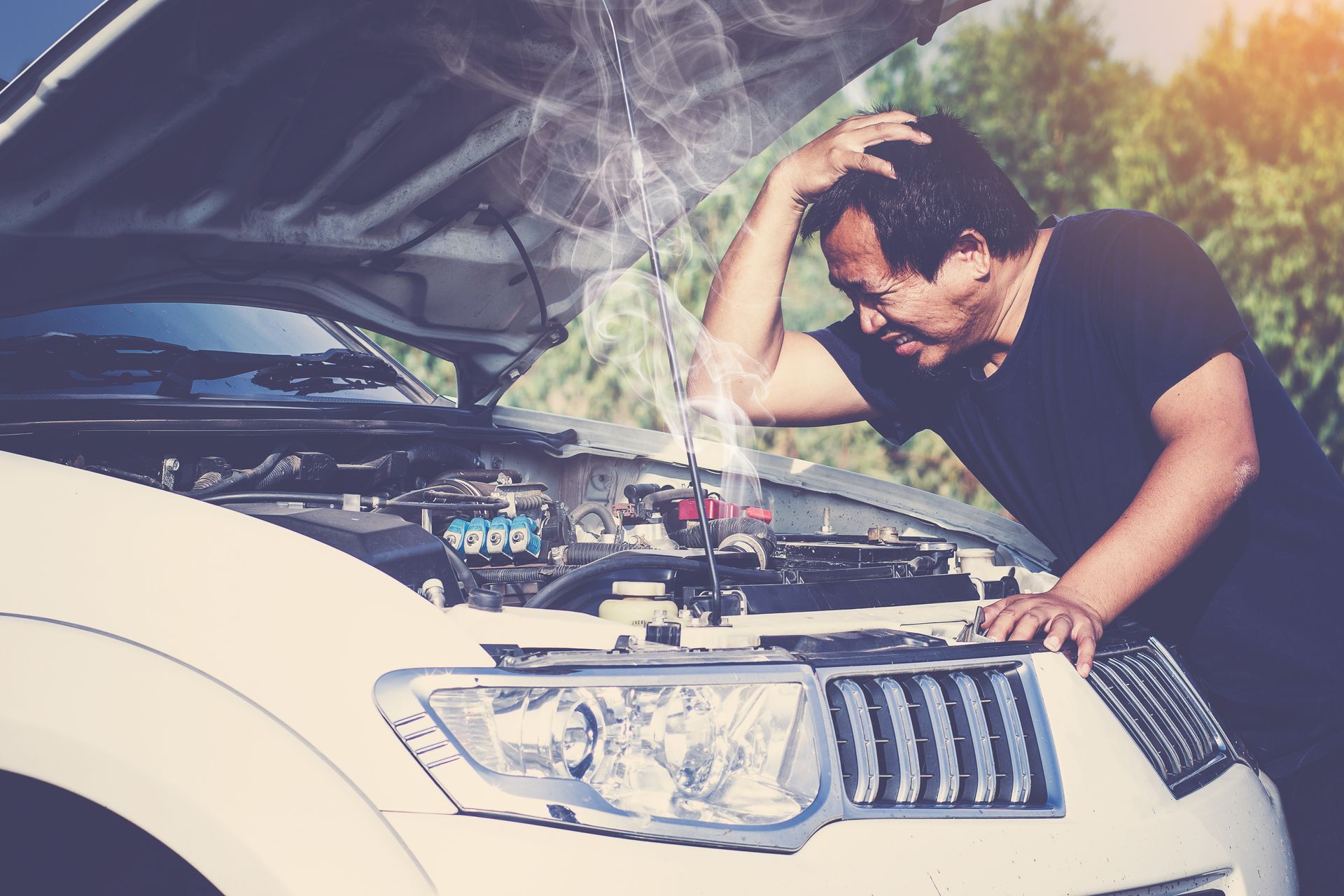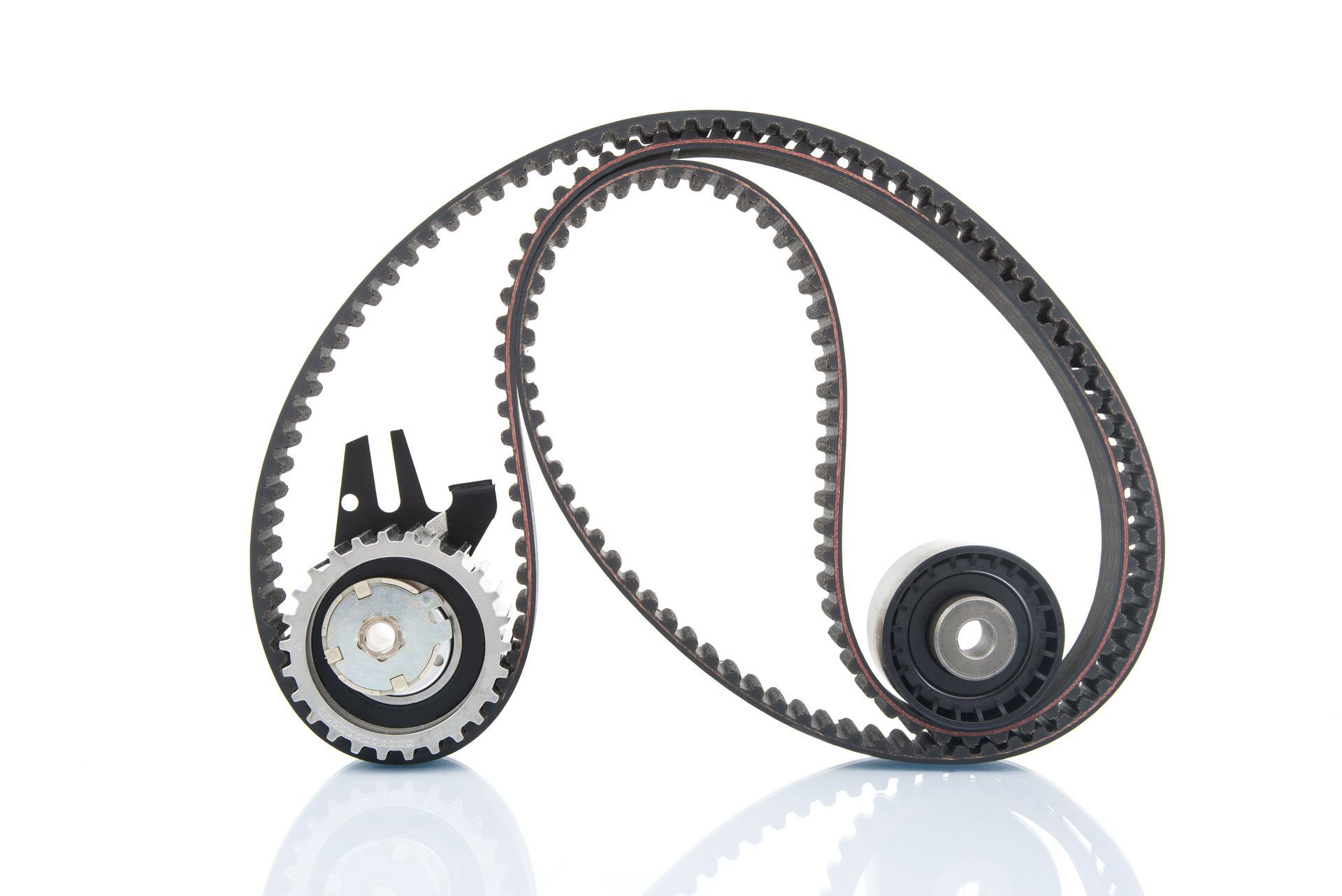Ever experienced the frustration of struggling to close the doors on your car? It's a common issue that many drivers encounter, but the reasons behind it may not always be obvious.
1. Misaligned Door Latches
One of the most common reasons for difficulty in closing car doors is misaligned door latches. Over time, the latch mechanism may become misaligned due to wear and tear, causing it not properly to engage with the striker plate on the door frame. This misalignment can result in the door sticking or requiring excessive force to close.
2. Worn Door Hinges
Another culprit behind hard-to-close car doors is worn door hinges. Hinges can wear out over time due to constant use and exposure to the elements, leading to increased friction and resistance when closing the door.
3. Damaged Weatherstripping
Weatherstripping plays a crucial role in creating a tight seal around the door to prevent water, dust, and noise from entering the vehicle. If the weatherstripping becomes damaged or deteriorated, it may interfere with the door's closing mechanism, causing it to stick or bind. Inspect the weatherstripping regularly and replace it if necessary to ensure proper door operation.
4. Interior Obstructions
Sometimes, the difficulty in closing car doors may be attributed to interior obstructions obstructing the door's path. Common culprits include items stored in the door pockets, seat belts, or even loose wiring or cables. Clearing out any obstructions from the door area can help facilitate smooth closing without resistance.
5. Body Frame Distortion
In rare cases, hard-to-close car doors may indicate underlying issues with the vehicle's body frame. Structural damage from accidents or collisions can cause the frame to become distorted or misaligned, affecting the alignment of the doors. If you suspect frame damage, having your vehicle inspected by a qualified technician is essential to determine the extent of the problem.
Lubrication Issues with Door Components
One of the primary culprits behind hard-to-close car doors is inadequate lubrication of the various door components. Over time, door hinges, latches, and striker plates can accumulate dirt, grime, and rust, causing friction that hinders smooth operation. As a result, you may find it difficult to open or close the doors effortlessly, requiring extra force to overcome the resistance.
How to Avoid It
Maintenance is key - as with any other car part - to prevent lubrication issues with door components. Here are some simple steps you can take to keep your car doors operating smoothly:
- Lubricate Door Hinges: Apply a lubricant specifically designed for automotive use to the door hinges to reduce friction and ensure proper movement.
- Clean and Lubricate Latches: Remove any debris or buildup from the door latches and striker plates using a brush or compressed air. Apply a light coat of lubricant to the latch mechanism to promote smooth engagement.
- Inspect Weatherstripping: Check the condition of the rubber weatherstripping around the door frame for signs of wear or damage. Replace any worn weatherstripping to maintain a proper seal and prevent water intrusion.
- Address Rust Issues: If you notice rust forming on the door components, use a rust remover to eliminate it and apply a rust-inhibiting primer and paint to protect the metal surfaces.
- Regular Cleaning: Incorporate door maintenance into your regular car cleaning routine. Wipe down the door jambs and hinges with a clean cloth to remove dirt and grime, preventing buildup that can lead to friction.
If you don't know who to call for a rare repair and maintenance procedure like the one we talked about today, feel free to contact Triple J Automotive - from unusual to reliable in no time!












